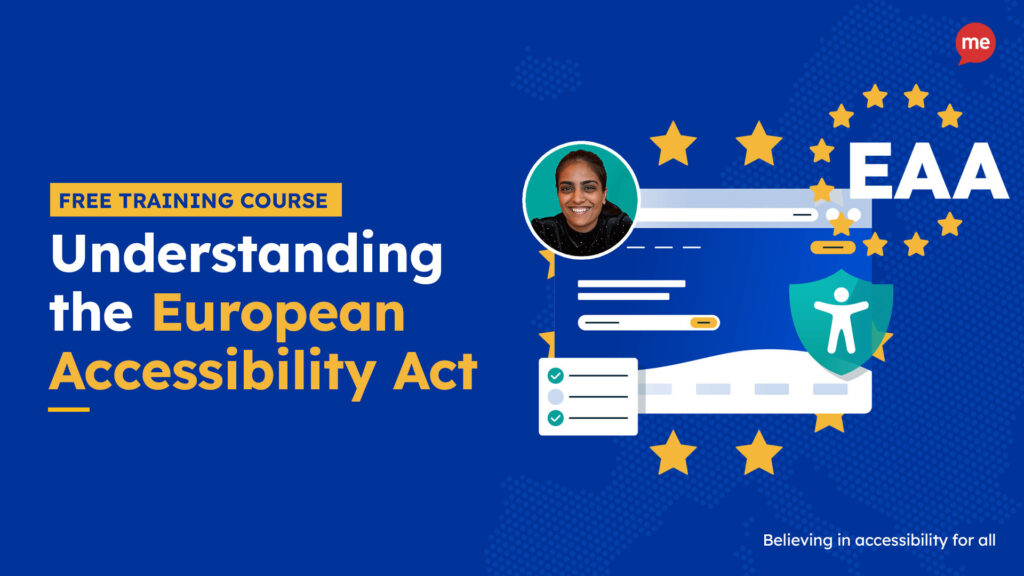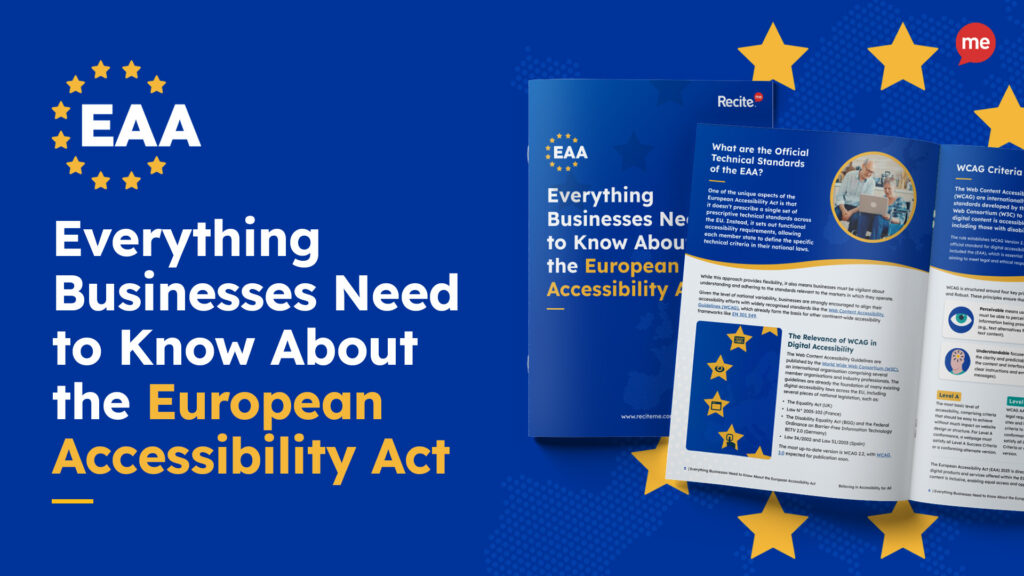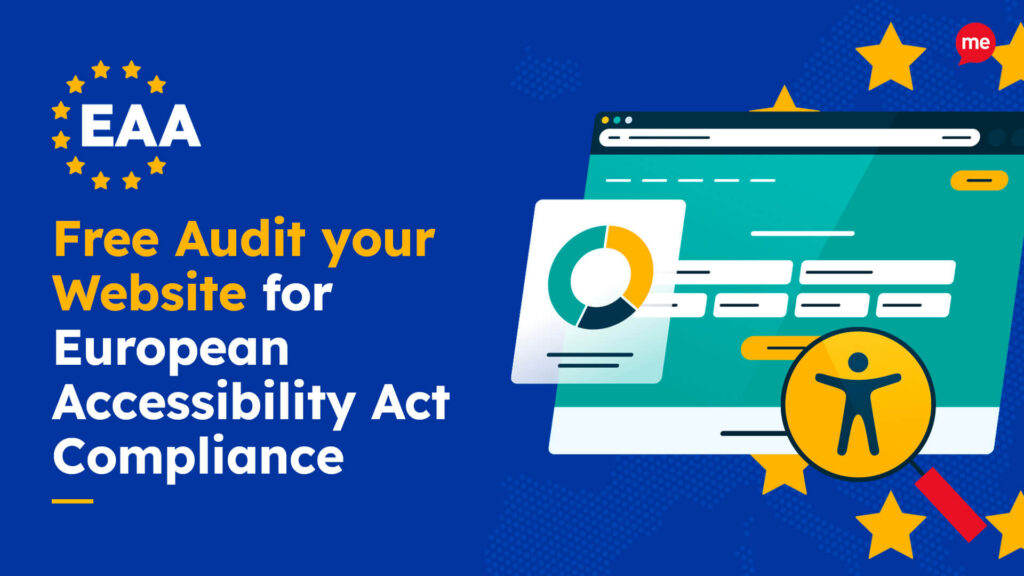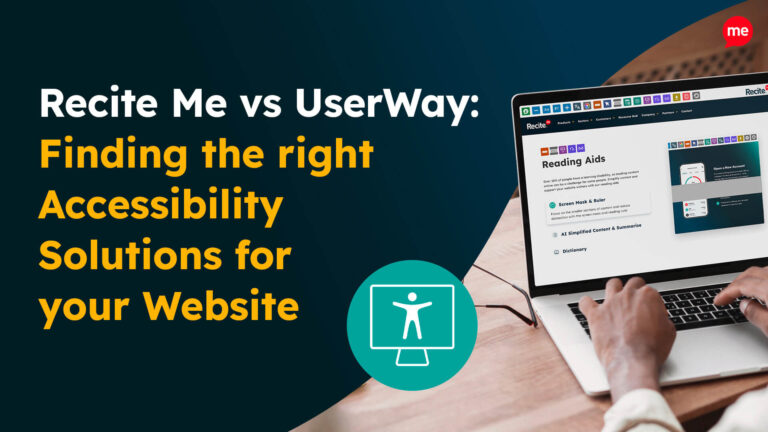Get Your Free European Accessibility Act Checklist
Download NowTime is ticking. The European Accessibility Act (EAA) has cast a wide net over Austria, leaving thousands of businesses mere months to comply with its strict standards. If you’re a website owner in Austria, the chances are this includes you. How do you comply? And what happens if you don’t? We answer all of these questions in this comprehensive guide.
What is the European Accessibility Act (EAA)?
The EAA is a directive that was brought into force by the European Union. Its aim is to make all products and services within the EU accessible to those with disabilities. In doing so, the act harmonises accessibility standards across all member states, making it easier for businesses to operate across the EU by removing barriers created by differing national regulations.
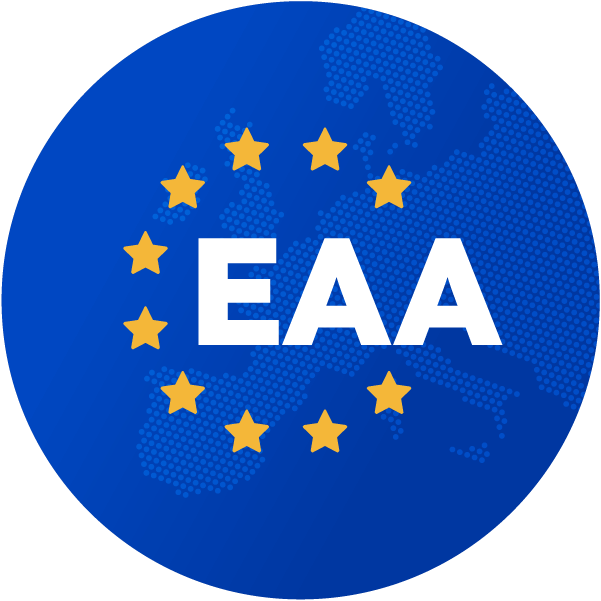
While many think of accessibility in terms of physical spaces, the EAA extends its reach into the digital realm as well. This means mobile applications, e-books, and, most importantly, websites must be made accessible.
Crucially, the act’s digital requirements are aligned with the Web Content Accessibility Guidelines (WCAG), which is widely considered the gold standard of web accessibility. In practical terms, this means that by adhering to WCAG principles, a website in Austria can go a long way to complying with the EAA’s digital requirements.
Which businesses in Austria must comply with the Act?
The EAA has far-reaching implications for businesses in Austria, affecting both the public and private sector. If your business meets both of the below criteria, this makes you liable to comply with the EAA requirements:
- Companies operating within the EU: Regardless of where they’re headquartered, if a company trades products or services within the EU, they’re on the hook for compliance.
- Businesses with 10 or more employees or an annual turnover exceeding €2 million: This primarily targets larger companies, but many small to medium-sized businesses (SMEs) in Austria fall into this category too.
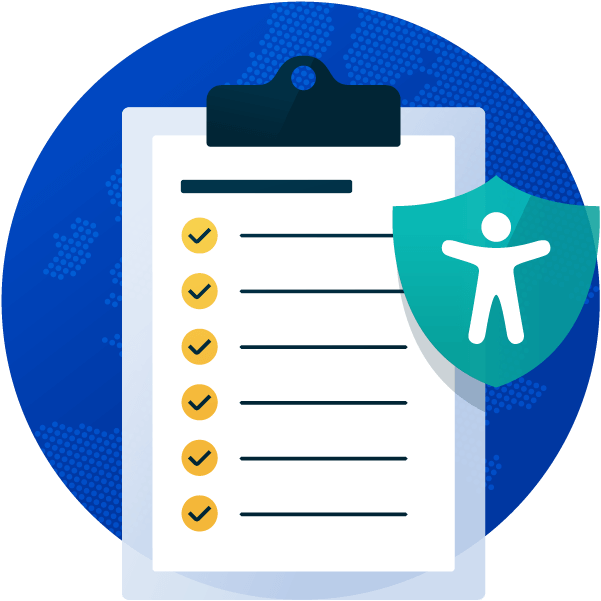
There’s an exemption for microenterprises – defined as businesses with fewer than 10 employees and a turnover or balance sheet total under €2 million. While these organisations are exempt from mandatory compliance, it’s still a smart business move for these smaller players to align with EAA standards. Doing so not only future-proofs against potential legal challenges but also broadens their customer base by prioritising inclusivity.
Checking for EAA compliance is now easier than ever. At Recite Me, we offer a free website audit to spot any issues related to the European Accessibility Act and WCAG. You’ll get a clear action plan to help improve your website’s accessibility and meet EAA compliance.
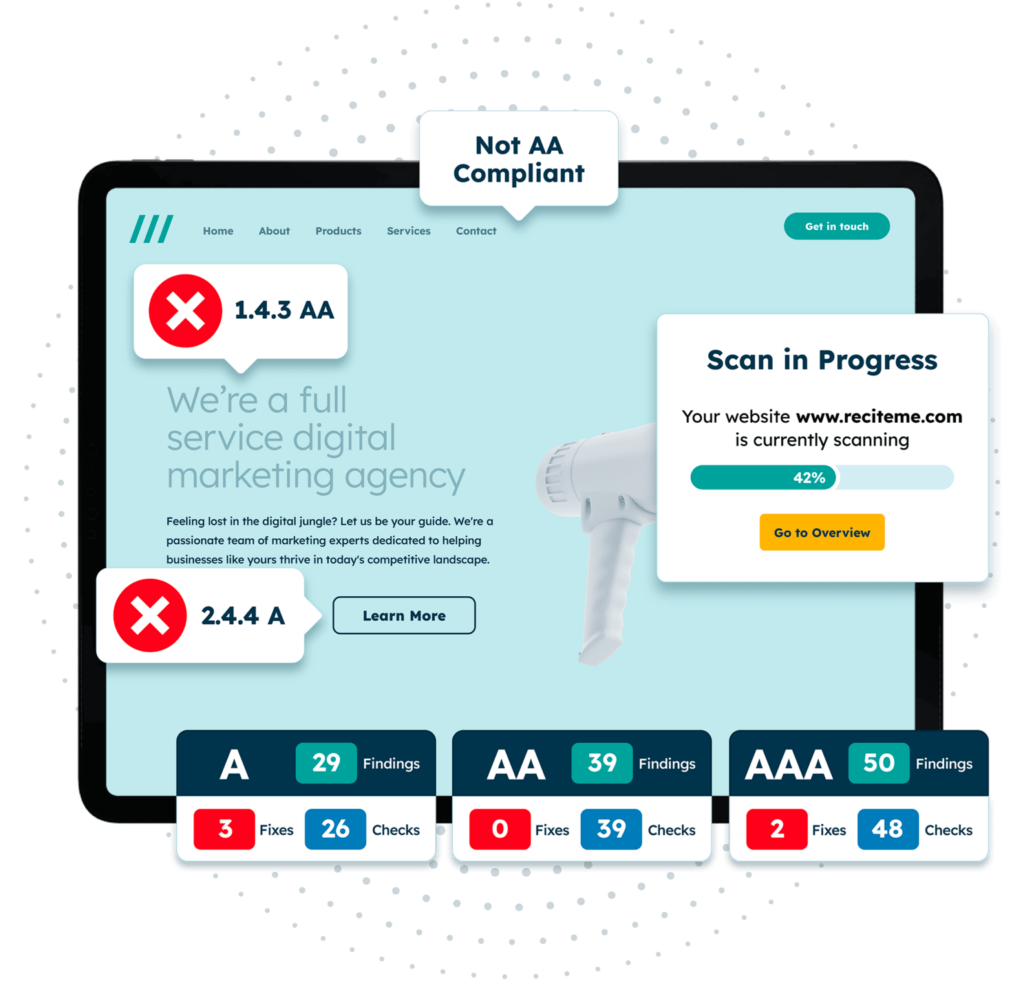
Accessibility laws that impact EAA compliance in Austria
While the EAA does not directly supersede existing national laws, it does set minimum standards that member states must implement. If national regulations don’t quite reach this baseline, it could mean making changes that would align national laws with the EAA. Here are some notable Austrian accessibility laws you should be aware of. By understanding them, Austrian businesses can better align with EAA regulations and avoid potential legal issues.
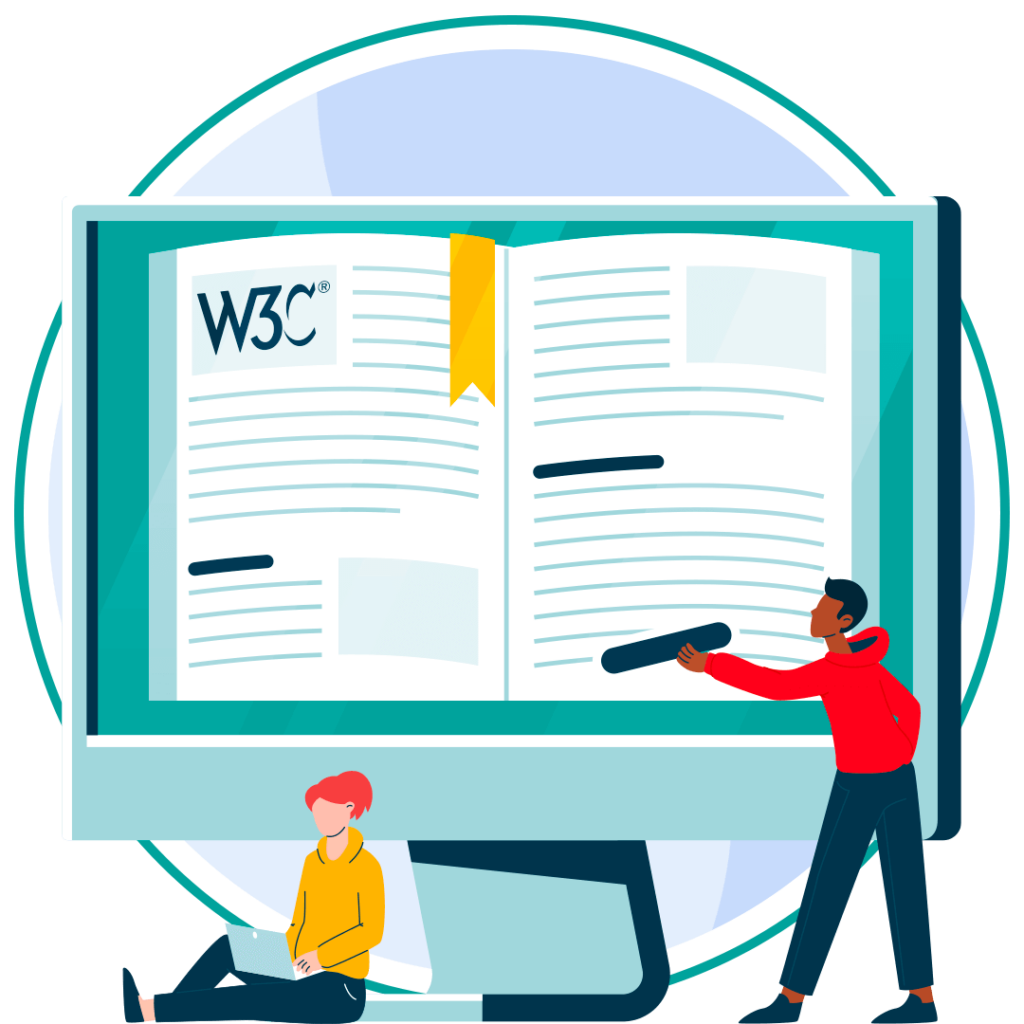
Web Content Accessibility Guidelines (WCAG)
The European Accessibility Act (EAA) in Austria is based on the Web Content Accessibility Guidelines (WCAG), the global standard for digital accessibility. WCAG ensures websites and apps are perceivable, operable, understandable, and robust for all users, including those with disabilities.
EAA compliance requires businesses to meet accessibility standards, with WCAG 2.1 Level AA serving as the primary benchmark. Aligning with WCAG helps organizations meet legal obligations while improving user experience. Austria’s EAA implementation reinforces WCAG’s role, ensuring consistency across the EU and promoting inclusivity, better usability, and broader market reach for businesses embracing accessibility.
The Federal Disability Act
The Federal Disability Act (Bundes-Behindertengleichstellungsgesetz) is an Austrian law that was enacted in 2006 with the aim of prohibiting discrimination across broad areas of everyday life. It serves as a foundation for EAA compliance in Austria.
The Austrian Web Accessibility Act
The Austrian Web Accessibility Act (WZG) is applicable primarily to public sector websites. It demands compliance with WCAG 2.1 Level AA standards. The premise of this law is that no one should be prevented from accessing crucial online public services. Private businesses can even look to it for guidance on meeting EAA standards.
The E-Government Act
The E-Government Act ensures digital accessibility for e-government services in Austria. Primarily, it establishes legal standards for things like electronic signatures and identification cards. It also allows people to authorise others to make applications on their behalf and ensures that e-government services are accessible to everyone. Private businesses can benefit from taking note, as similar requirements may soon apply to them under the EAA.
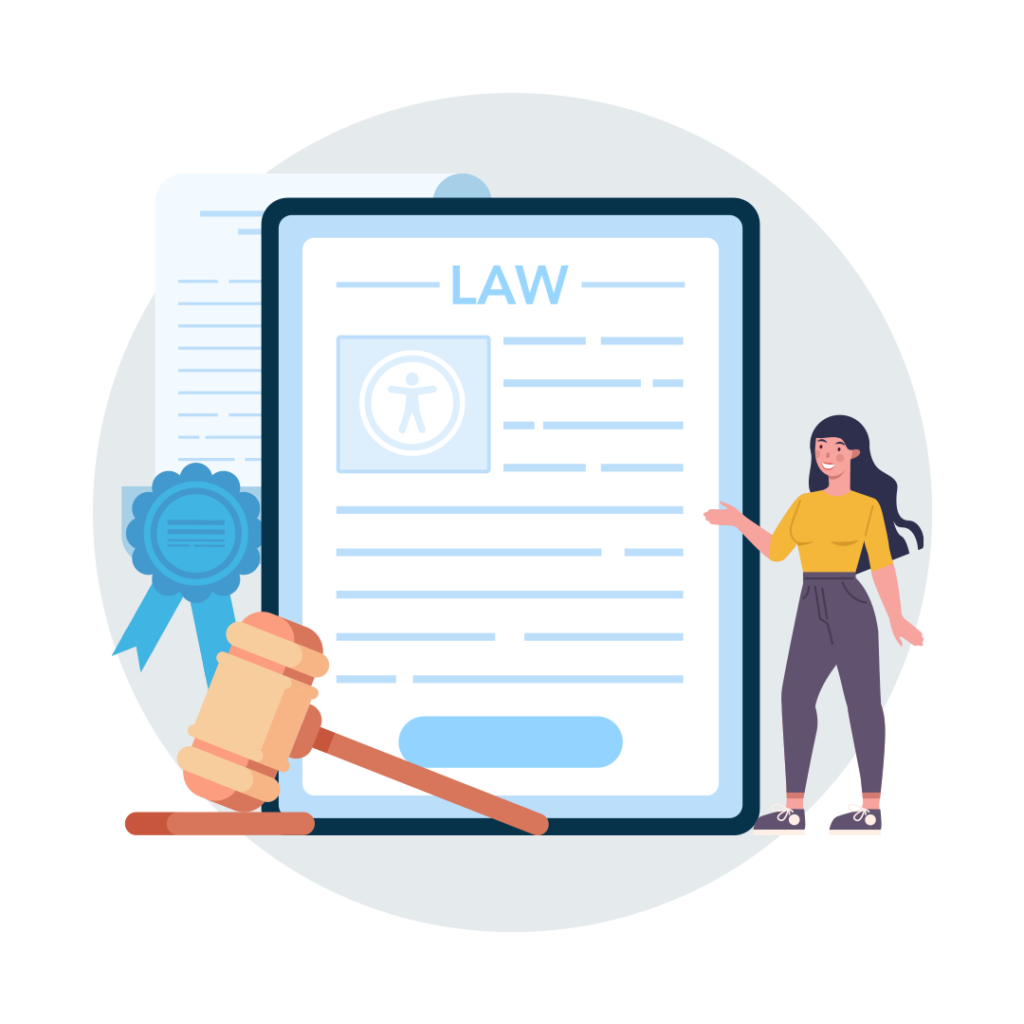
Requirements to take to make your website EAA compliant
There’s been a lot of law talk up to now. But what does all this mean for a small business owner in Austria looking to make their website EAA-compliant? Let’s find out.
Accessible websites and mobile apps
A large part of the EAA is centred around digital content, meaning Austrian websites and mobile applications must be designed with accessibility in mind. Among other things, this includes tagging images with alternative text, captioning videos, and ensuring all text is readable with proper contrast ratios.
The basic idea here is to remove barriers that may otherwise prevent disabled individuals, such as those with visual or cognitive impairments, from interacting with your content. For specific details on what the EAA requires in terms of web accessibility, consult the WCAG framework and review its Level AA requirements.
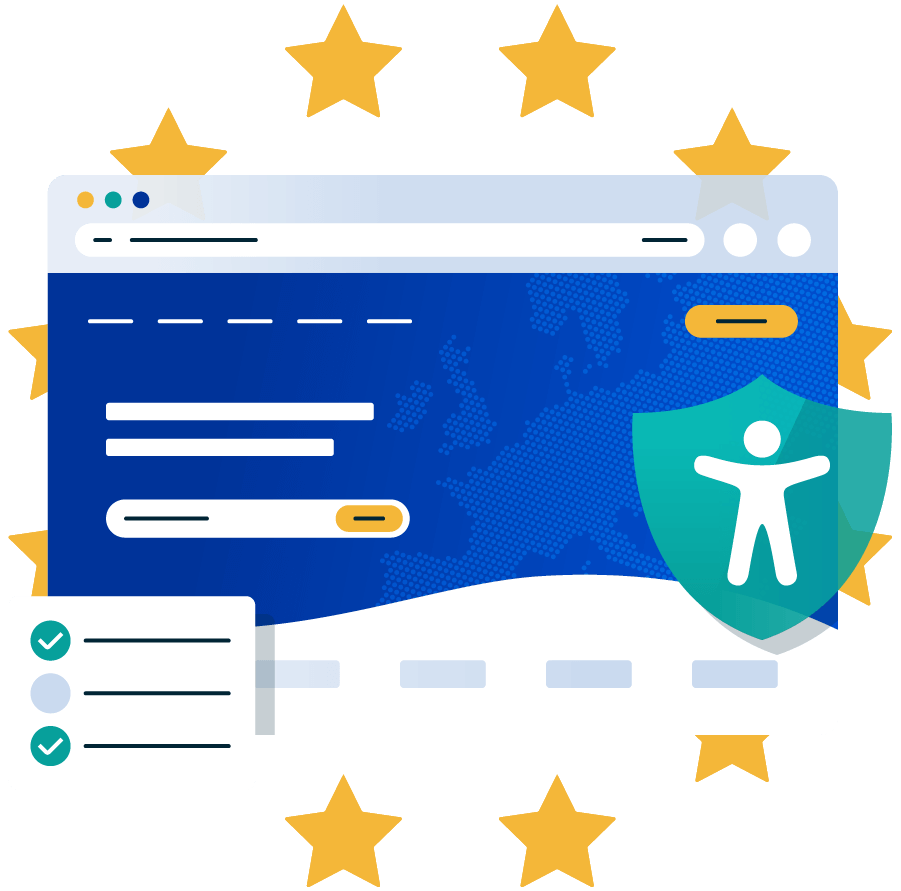
E-Commerce accessibility
If you own an E-commerce store in Austria, this one’s for you. Under the EAA, online shopping platforms must be accessible, allowing users with disabilities to browse products, select items, and complete purchase forms independently. Also, payment processes must be keyboard-friendly and support assistive technologies like screen readers.
You can learn more about eCommerce and the European Accessibility Act here.
Audiovisual content
The EAA also requires all audiovisual content to be appropriately captioned, with audio descriptions and sign language interpretations where necessary. This covers everything from video ads to product tutorials and informative guides. Note that captions should be synchronised appropriately with any visuals and playback controls should be easy to find.
Customer support and contact channels
Under the EAA, businesses in Austria must provide accessible customer service options for their clients. The most obvious way to do this is to offer multiple ways for customers to contact you. Instead of only providing assistance over the phone, consider offering a live chat service or email support, so that individuals with hearing impairments who may struggle to communicate over the phone can still get the help they need.
Risks for Austrian businesses that are non-compliant with EAA requirements
Failing to comply with the above requirements would render your website inaccessible. An inaccessible business becomes vulnerable to allegations from frustrated users or disability rights groups. It doesn’t take much for such allegations to develop into lawsuits, and lawsuits are where the real problems arise. Let’s have a look at what an EAA lawsuit could mean for your business.
Legal penalties
EAA lawsuits often result in fines and legal actions. In Austria, fines of up to €200,000 can be issued, with potential suspension of services and higher fines arising from repeat violations.
Reputational damage
Being labelled as an inaccessible business can harm your brand image. Once news of a lawsuit gets out, it doesn’t take long for public perception to turn against you. Consumers increasingly value accessibility, so negative press around this can drive customers away from your business and straight into the arms of your competitors.

Loss of market share
An inaccessible website might be excluding more than 750,000 Austrians (or 101 million EU citizens) who live with some kind of disability. Often, these individuals choose to take their business elsewhere, where they can access products and services without battling accessibility barriers. This rules out a significant market segment and huge earning potential for the non-compliant business.
Make sure your website meets the European Accessibility Act with our easy-to-follow EAA checklist. It covers all the key steps to get compliant before the deadline and helps you avoid penalties. Get started today!
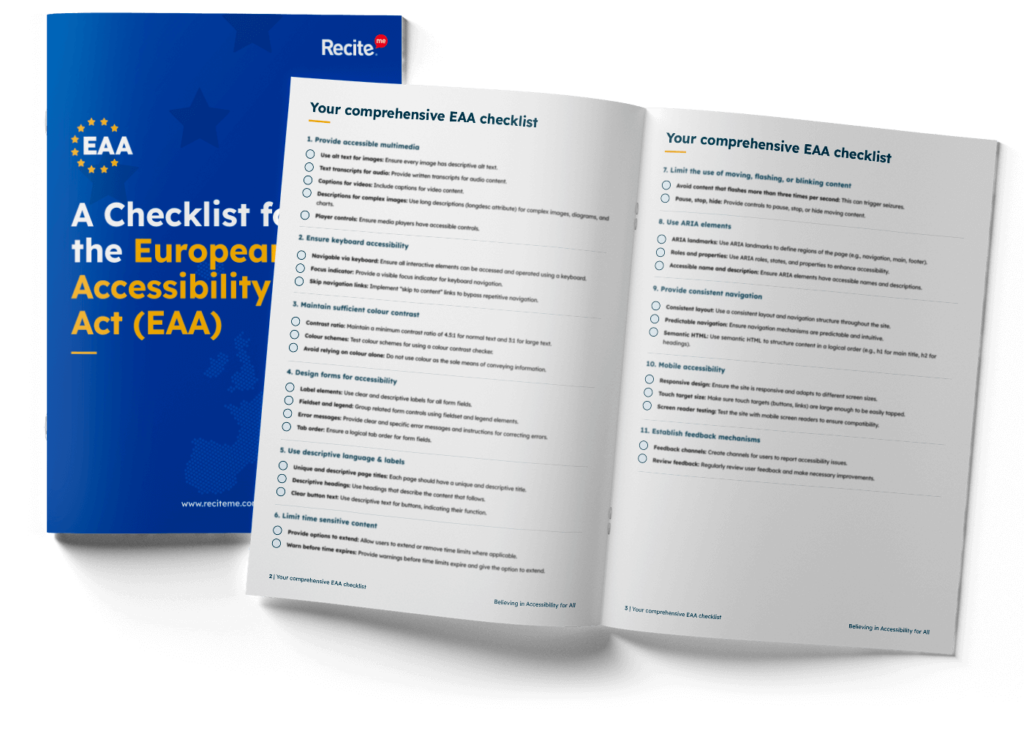
How to meet Austria EAA compliance guidelines
The threat of EAA lawsuits can be rather unsettling. But as long as you have a robust plan for how you intend to comply with the EAA, there is no reason to worry. That’s why we’ve put together a simple four-step plan to get your website in regulation ready shape. Take a deep breath, relax, and trust in the process.

1. Conduct an accessibility audit
Begin with a comprehensive audit using a combination of automated tools, manual testing, and user feedback. Automated tools, like Recite Me’s accessibility checker, quickly scan your website in search of any glaring WCAG failures, while manual and user testing provide insights into real-world usability.
Auditing is a great starting point because it identifies your problem areas, giving you an immediate idea of where to take action.
2. Apply WCAG fixes
Once you’ve identified every inaccessible feature, start correcting these features by implementing WCAG 2.1 Level AA standards. This might involve fixing contrast issues, adding alt text to images, or adding labels to forms. Work through your list of WCAG failures one-by-one before running another audit to confirm accessibility.
3. Regularly test & update
Once all accessibility issues have been addressed, your site should now be deemed EAA compliant. However, there is still work to be done. You now have to regularly test your website if you want to prevent future accessibility issues from cropping up. Do so at least after every design change or regulation update. This ensures compliance with evolving standards and helps you avoid costly retroactive overhauls.

4. Train your team
Once the dust has settled, spend some time and money investing in EAA training sessions for your team. Educate developers, designers, and content creators on WCAG best practices and similar topics. This helps ensure long-term compliance by making inclusion a part of company culture.
Need more help becoming EAA compliant?
The following resources are packed full of actionable tips and expert advice for making your digital content compliant with the European Accessibility Act:
Free EAA Compliance Training
Take the first step to European Accessibility compliance by completing our EAA training course.
Free EAA Compliance Guide
Ensure your organisation is meeting the necessary requirements for European Accessibility Act compliance.
Free EAA Audit of your Website
Download a free accessibility check of your website. This report will highlight any EAA non-compliance and how to fix it.

